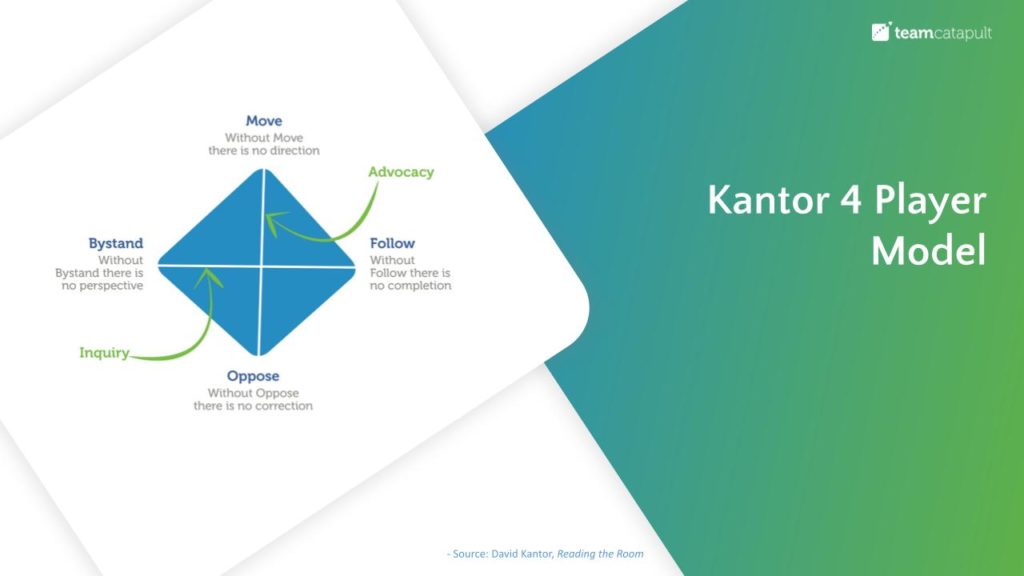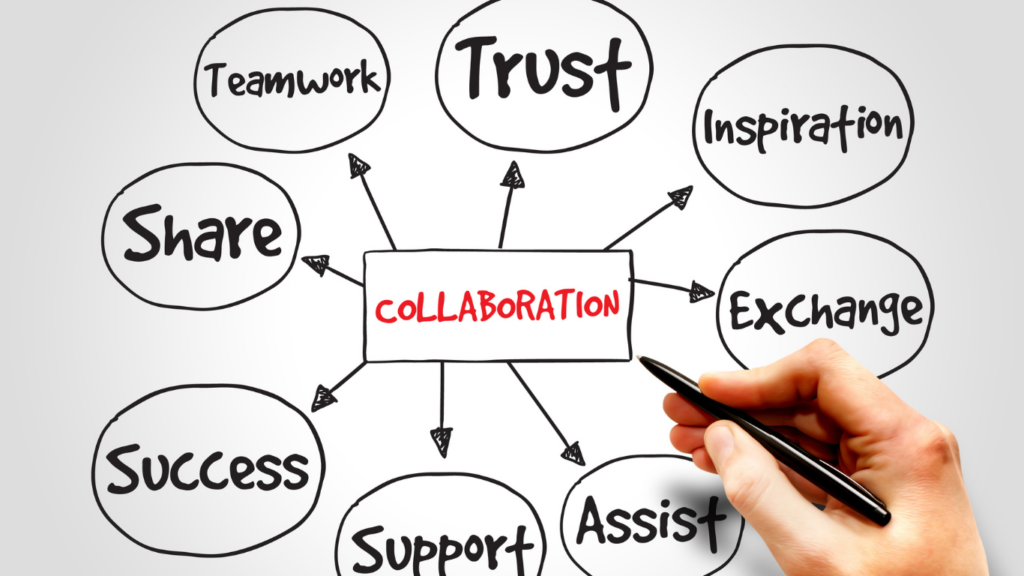If you landed here looking for information about Advanced Facilitation and learning facilitation skills, you’ve come to the right place. Our Advanced facilitation skills course does have a NEW name. Advanced Facilitation Workshop is now Making Behavioral Change Happen!
Why we’ve made that change, is what this article is all about.
If you are an agile coach, professional coach, facilitator, workshop group leader, or change management professional, and in need of advanced facilitation skills, let’s make behavioral change happen, together.
Why the Advanced Facilitation Workshop Has a New Name!
The number one reason we’ve changed the name of this workshop is that while this work of becoming more fluent in communication is an advanced facilitation skill – it’s actually much more than just facilitating!
It’s the core of how we believe that behavioral change happens.
The technology that Structural Dynamics creates for everyone allows individuals, teams, and organizations to be able to navigate the discourse of interpersonal communication and change the nature of the outcome.

What Is Behavioral Change?
Behavioral change refers to behavior change, the process of modifying or altering an individual’s actions, habits, or patterns of behavior.
It involves making intentional adjustments to one’s current behavior, to achieve a desired outcome or improve overall well-being.
Behavior change can occur in various areas and stages of life, including personal habits, health behaviors, relationships, work performance, and more.
Behavioral Chance as a Conscious Effort
Behavioral change typically involves a conscious effort to replace existing behaviors with new ones that align with specific goals or values. It requires self-awareness, understanding, motivation, and a willingness to adopt new habits or discard old ones.
The process of behavior change can be challenging, as individuals may need to overcome obstacles, resist temptation, and persistently practice new behaviors until they become ingrained.

Facilitation of Behavioral Change
There are different approaches to facilitating behavior change. Some common strategies include setting specific and achievable goals, creating action plans, monitoring progress, seeking support from others, using rewards and incentives, and employing techniques like positive reinforcement.
We at TeamCatapult have previously facilitated behavioral change for participants in our Advanced Facilitation workshop and will continue to prepare them to do so in our Making Behavioral Change Happen workshop moving forward.
The Impact of Behavioral Change on Your Personal Life
Behavior change can have significant impacts on various aspects of life, including physical and mental health, productivity, relationships, and overall quality of life. It can lead to positive outcomes such as improved well-being, increased self-confidence, enhanced self-control, and the development of healthier habits.
The Impact of Behavioral Change on Your Leadership Skills
Behavioral change can have a profound impact on your leadership skills. As a leader, your behavior sets the tone for the entire team or organization, and making intentional small changes in your behavior can positively influence and affect those you lead.
Behavioral change can enhance your leadership skills and teams by improving self-awareness, communication, emotional intelligence, cognitive adaptability, and resilience.
By modeling these behaviors, you can inspire and motivate your team to embrace personal growth and skill development, ultimately creating a more effective and cohesive work environment.

How Behavior Change Enhances Your Leadership Skills
Why would you want to change your behavior? How will it help you in your current career?
- Self-awareness: Engaging in behavioral change requires a deep level of self-awareness. By actively examining your own behaviors, strengths, and weaknesses, you can gain a better understanding of how you impact others as a leader. This self-awareness allows you to make adjustments that align with your leadership style and values.
- Role modeling: Leaders who demonstrate a commitment to personal growth and improvement through behavioral change serve as powerful role models for their team members and influence group dynamics. When you actively work on changing behaviors that may hinder your effectiveness as a leader, it inspires others to do the same and fosters a culture of continuous learning and development.
- Communication and influence: Behavioral change often involves improving communication skills. As a leader, effective communication and influence are vital. By refining your communication style, actively listening, and adapting your approach to different individuals, you can create a more inclusive and collaborative environment where people feel heard and valued.
- Emotional intelligence: Behavioral change often involves developing emotional intelligence, which is the ability to recognize and manage your own emotions and understand the emotions of others. Emotional intelligence is closely tied to effective leadership, as it enables you to empathize with others, resolve conflicts, and build strong relationships. By enhancing your emotional intelligence through behavioral change, you can become a more empathetic and emotionally intelligent leader.
- Adaptability and resilience: Behavioral change requires a willingness to adapt and embrace new ways of thinking and doing things. These qualities are highly valuable for leaders in today’s rapidly changing and complex work environments. By actively seeking opportunities for growth and being open to change, you can demonstrate adaptability and resilience to your team, encouraging them to do the same.
Why Is Behavioral Change Difficult?
Behavioral change is difficult due to various factors.
One challenge is the presence of deeply ingrained habits that have become automatic and require minimal conscious effort. Changing these well-established patterns of behavior demands significant effort, willpower, focus, and persistence.
Humans tend to find comfort in familiar routines and behaviors, resisting change and preferring to stay within their comfort zones. This resistance can make it difficult to embrace and sustain behavioral change.
Another hurdle is the lack of awareness regarding the behaviors that need to be changed or their negative consequences and impact on ourselves and others. Developing self-awareness and recognizing the need for change is a crucial initial step.
Overcoming barriers and obstacles, both external and internal, is of course also a part of the challenge. These barriers can include environmental influences, social pressures, self-doubt, fear of failure, and lack of motivation and energy.
Sustaining change over time presents another difficulty, as it requires consistent effort, ongoing motivation, confidence, and resilience to stay motivated in the face of setbacks.
Finally, the complex nature of human behavior, influenced by multiple factors, adds to the complexity of behavioral change.
Despite these challenges, behavioral change is possible with the right mindset, tools, strategies, and support, combining self-reflection, goal setting, planning taking action, accountability, and perseverance to achieve lasting change.
How Does Structural Dynamics Fit In With Advanced Facilitation?
Structural Dynamics fits in with Advanced Facilitation by providing a framework and technology that supports effective communication and facilitates positive change.
Advanced facilitation involves using sophisticated techniques and approaches to guide groups or individuals toward achieving their goals and making desired changes in behavior.
Structural Dynamics technology enables individuals, teams, and organizations to navigate the dynamics of interpersonal communication more effectively. It provides insights into the underlying patterns and structures that influence communication and relationships.
By understanding these dynamics, facilitators, and participants can identify areas for improvement and implement strategies to enhance communication and collaboration.
David Kantor 4 Player Model of Communication
The David Kantor 4 Player Model of Communication is a framework that describes the different roles or “players” people can assume in a communication process.
It categorizes communication behaviors into four distinct roles: Mover, Follower, Opposer, and Bystander.
Each role represents a different style of communication and contributes to the overall dynamics and effectiveness of the communication interaction.
Through the use of Structural Dynamics, advanced facilitators can assess and modify the nature of the outcome in a facilitation session. They can identify and address communication barriers, power imbalances, conflicting agendas, or any other factors that may hinder productive dialogue.
This model helps facilitators create a safe and inclusive environment where participants can openly express their perspectives, engage in meaningful and relevant discussions, and collectively work towards desired outcomes.

Navigating Complex Group Dynamics With Structural Dynamics
By leveraging the insights and tools provided by Structural Dynamics, advanced facilitators can navigate complex group dynamics, manage conflicts, facilitate consensus-building, and foster collaboration.
This model serves as a valuable resource in designing and delivering facilitation processes that are tailored to the specific needs and objectives of the individuals, teams, or organizations involved.
Structural Dynamics contributes to advanced facilitation by equipping facilitators with the knowledge and tools to effectively analyze, understand, and influence the dynamics of interpersonal and group communication.
It supports facilitators in creating an environment conducive to positive change, enabling individuals and groups to achieve their desired outcomes more efficiently and collaboratively.
What about Advanced Facilitation Skills Training?
Don’t worry, in the Making Behavioral Change Happen workshop, you’ll have plenty of opportunities to practice effective facilitation and learn additional facilitation skills.
The advanced facilitation skills course has not gone away, it has changed names for clarity purposes.
For those facilitators who are in charge of teams, the new Making Behavioral Change Happen workshop is the perfect place to uplevel facilitation skills including virtual facilitation, identify behavior change and practice new leadership skills.
If you are a professional facilitator looking for new skills, you are in the right spot!

About the Making Behavioral Change Happen Workshop
Making Behavioral Change Happen is about increasing your self-awareness so you can read the room, name the hidden group dynamics beneath the surface, and effectively help groups modify their behaviors to achieve the best possible outcomes.
This multi-day program of advanced training by TeamCatapult faculty will take you on a personal journey to learning how to deepen your own knowledge and leadership practice as a facilitator, coach, or team leader.
Self-Mastery and Reading the Room
Transform the way you coach. Transform the way you lead. For those of you working with teams, or even coaching teams, this workshop will help you become more aware and adept at identifying communication challenges in groups and teams so you can help them unlock the wisdom that resides within.

Takeaways from the Making Behavioral Change Happen Workshop
Here is what we cover in the Making Behavioral Change Happen Workshop.
- Seeing and working with conflict
- How to recognize your impact on others
- How to diagnose and change stuck dynamics
- Giving teams a language for skillfully holding tough conversations
- Working with group behavior using an implicit mental model and an explicit model for intervention
- Understanding the bMaps Behavioral Assessment Tool with Structural Dynamics and how to apply it in day-to-day interactions
- Recognizing the content, style, and structure of a group’s behavior

Kickstart Your Leadership Career Right Now!
Everything you need to move the dial forward in your leadership career is in this workshop. We encourage you to reach out to our team if you have questions about this workshop.
If you are ready to kickstart your leadership career with new communication skills, advanced facilitation skills, and the ability to read the room, sign up!
































